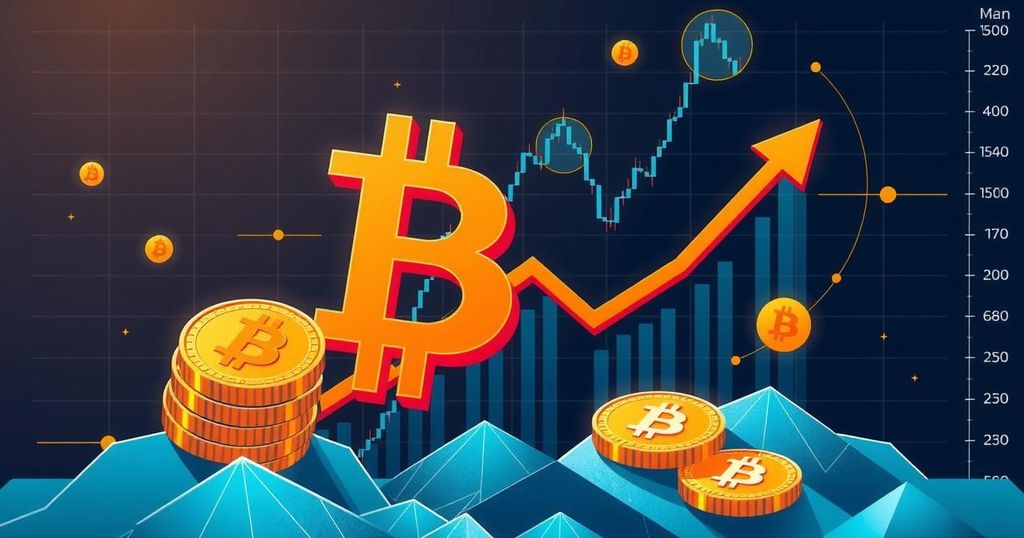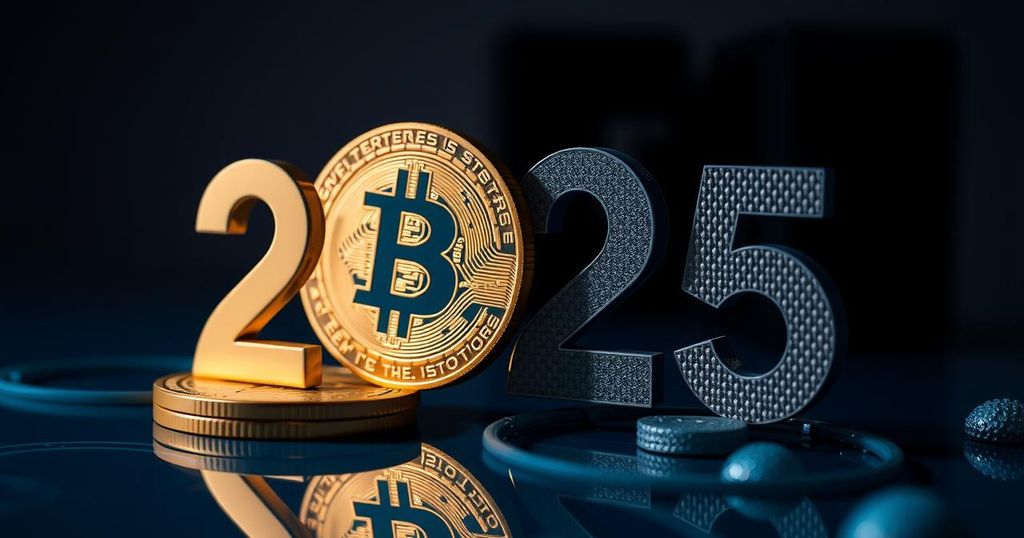Analysts Cite Supply Shock, Not Trump, as Key Driver of Bitcoin’s Price Surge
Analysts suggest Bitcoin’s recent price surge is primarily driven by a supply shock following the April halving rather than Donald Trump’s election. Experts predict continued price hikes as current supply struggles to meet demand, reinforcing historical trends of post-halving market behavior. Furthermore, with minimal Bitcoin remaining to be mined, scarcity is expected to propel market prices higher.
The surge in Bitcoin’s value is frequently attributed to the recent election victory of Donald Trump; however, experts suggest that this interpretation is fundamentally flawed. Jesse Myers, co-founder of Onramp Bitcoin, indicated that while a pro-Bitcoin administration may serve as a catalyst, it does not represent the principal factor driving prices upwards. Instead, the real determinant is the post-halving supply shock that has emerged following Bitcoin’s halving event in April, which reduced block rewards from 6.25 BTC to 3.125 BTC. This reduction in rewards has resulted in decreased supply available at current prices, creating an imbalance between supply and demand. Myers emphatically stated, “There’s not enough supply available at current prices to satisfy demand,” suggesting that the only logical resolution to this imbalance is an increase in price, potentially fostering a market-driven bubble. The historical precedent indicates that Bitcoin halvings have consistently resulted in post-halving price bubbles, with previous instances observed in 2012, 2016, and 2020. Onchain analyst James Check reinforced this view, comparing Bitcoin’s total market capitalization to gold’s, which has expanded due to substantial new supply entering the market. In contrast, Bitcoin is currently valued at approximately $1.6 trillion and is characterized by its inherent scarcity, as 94% of Bitcoin is either in circulation or has been lost. Furthermore, with only about 1.2 million BTC remaining to be mined, Check forecasts a significant price increase for Bitcoin in the near future. Additionally, Anthony Scaramucci, a prominent financier, expressed similar sentiments. He urged individuals who feel they missed the opportunity to invest in Bitcoin not to lose hope, asserting that it is still early in the investment phase. Scaramucci ardently believes that the United States will eventually establish a strategic Bitcoin reserve, which would likely be followed by other nations and institutional investors engaging with Bitcoin.
The context surrounding this analysis revolves around Bitcoin’s unique monetary policy and its halving events, which occur approximately every four years. A halving event reduces the supply of new BTC entering the market, changing the dynamics of supply and demand. This particular halving has been theorized to create an ongoing supply shock, propelling Bitcoin’s price upwards due to its limited availability. Historical market behaviors have shown that such halvings have frequently led to price surges.
In summary, while recent political developments may have contributed to Bitcoin’s price movements, the more substantial influence stems from the economics of Bitcoin supply, particularly following the recent halving. The predictions of analysts underscore the potential for significant price appreciation, as the supply-demand imbalance is likely to drive prices higher in the coming months. Experts emphasize that investors should remain optimistic about Bitcoin’s long-term prospects despite the complexities of market dynamics.
Original Source: cointelegraph.com




Post Comment